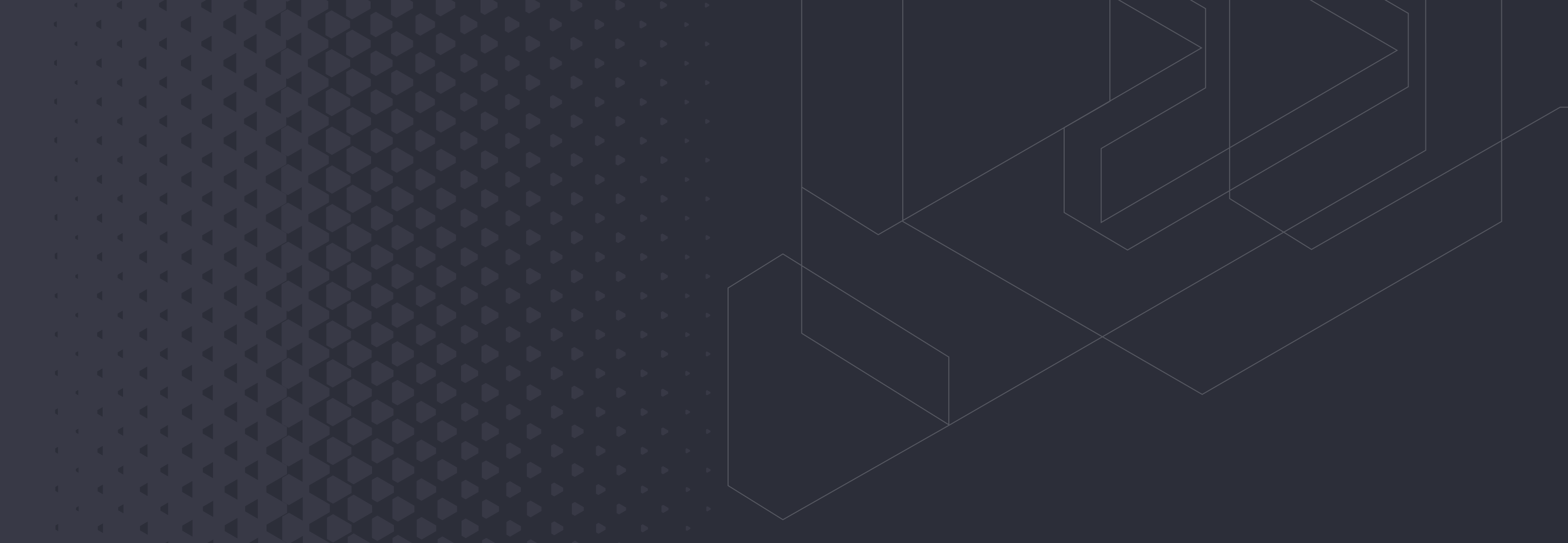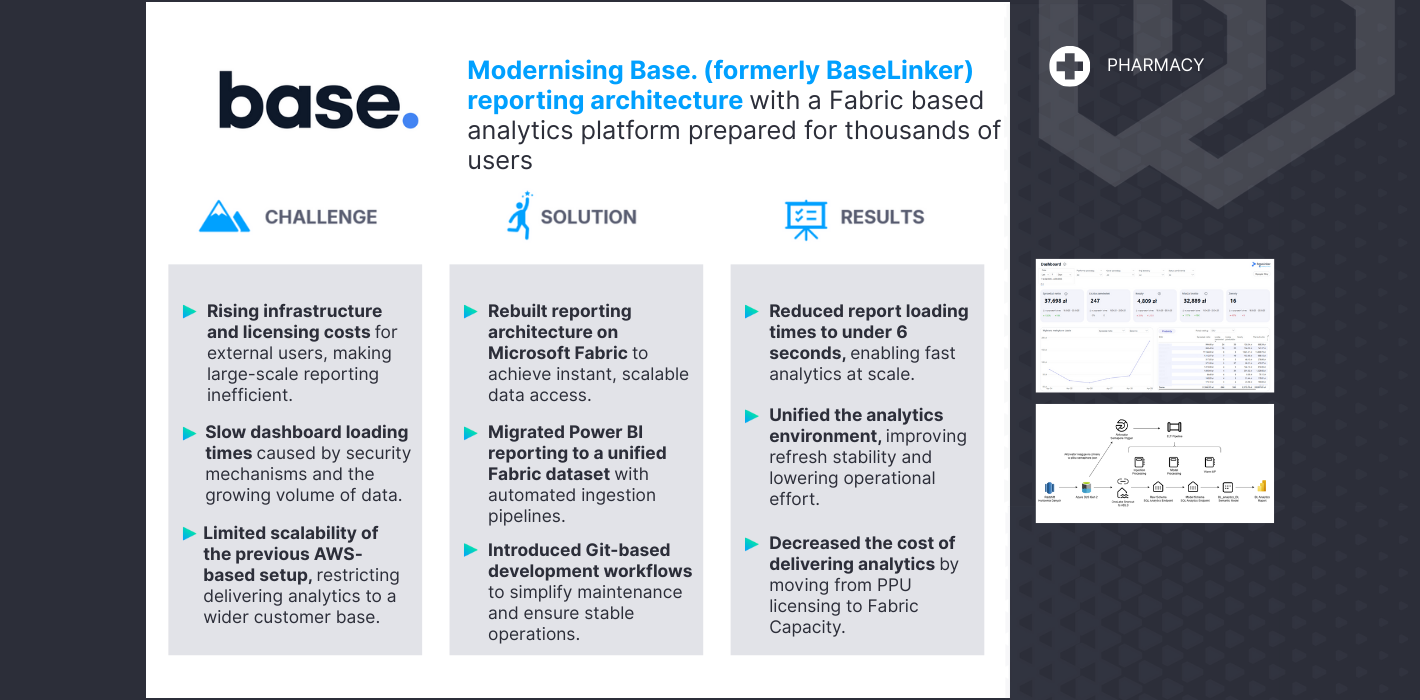We all know the classics: „Use a password manager!” and „Enable MFA!” – and these are essential, non-negotiable basics. But what about the security layers that work silently in the background? The ones that protect your entire network or create a financial firewall around your online transactions? If we only focus on the front door, we might be leaving the windows wide open.
At BitPeak, we place great emphasis on data security at the enterprise level. We strictly comply with regulations such as the DORA Act and NIS2, which define rigorous standards for digital resilience, risk management, and incident response across critical sectors.
Yet enterprise-grade protection must go hand in hand with individual awareness. Every #BitHiker completes dedicated security training focused on practical techniques to safeguard data, prevent cyber threats, and maintain secure digital habits. These skills are continuously refined and expanded with new methods that strengthen both personal safety and the overall resilience of our organisation.
That’s why in this blog post I will share three powerful, yet often overlooked, strategies that can dramatically reduce your digital risk:
- Take control at the network level: How upgrading a single, free setting on your home router (your DNS) can block malware and phishing sites for every device in your house, before they even load.
- Create a „Firewall” for your finances: Why using virtual card numbers for online shopping can contain the damage from the next big data breach, making stolen payment details useless to criminals.
- Conduct a digital account cleanup: How decluttering your old, unused accounts shrinks your „attack surface” and protects you from credential-stuffing attacks.
These aren’t just theoretical ideas; they are practical, actionable steps supported by real-world data.
Take control at the network level
Your home Wi-Fi is the front door to your digital life. Unfortunately, most of us are still not aware of that fact and are using a flimsy lock that anyone can pick. A 2025 security report revealed that one in every 174 DNS requests is now malicious. For an average person making 5,000 requests a day, that’s up to 29 potential threat encounters daily.
Think of a DNS filter as a security checkpoint for your internet connection. Before your device even connects to a website, the filter checks the address against a massive, constantly updated blocklist of malicious domains. If it’s a known phishing, malware, or ransomware site, access is denied instantly. This isn’t just for large corporations. It’s a crucial security layer for home offices, families, and small businesses. And the data doesn’t lie:
- Proactive blocking: According to Cisco’s 2023 Cybersecurity Readiness Index, only 15% of companies are considered „Mature” in their readiness to handle modern cyber risks. A DNS filter is a foundational step that proactively blocks threats.
- Phishing is rampant: The Verizon 2023 Data Breach Investigations Report (DBIR) confirms that the „human element” (like clicking a phishing link) is a factor in 74% of all breaches. A DNS filter can prevent that fateful click from ever reaching the malicious server.
- Protect everything: It’s not just your PC. Your smart TV, thermostat, cameras, and mobile phones are all on your network. A network-level DNS filter protects every single connected device, many of which can’t run traditional security software.
How to Do It (5-Minute Fix):
- Go to your router’s settings (usually by typing 192.168.1.1 in your browser).
- Find the DNS settings section.
- Replace your ISP’s DNS addresses with ones from a provider in the table above.
- Save and restart your router.
That’s it! You’ve just added a powerful security layer for your household or office.

Create a „Firewall” for your finances
Using your primary debit or credit card online is like giving out a copy of your house key to every website you shop at. There’s a safer way: Virtual Cards. Data breaches at online retailers are common. If a site you use gets hacked, your primary card details can be stolen and sold on the dark web, leading to fraudulent charges and the hassle of replacing your physical card.
Virtual Cards are digital, randomly generated card numbers linked to your main account. You can create them for single-use or for specific merchants, with set spending limits. If the virtual card number is stolen in a breach, the damage is contained, the thief can’t use it anywhere else. It gives you crucial, data-driven advantages:
- Fraud prevention: 82% of financial professionals consider virtual cards more secure than traditional physical cards due to features like one-time-use numbers
- Massive business adoption: Approximately 70% of US-based corporations have now adopted virtual cards for payments, recognizing their superior security
- Market confidence: The global virtual credit card market is projected to grow to $30 billion by 2025, driven by demand for secure digital payments
To get started, simply request virtual card numbers through your bank, a fintech app, or your company’s accounts payable platform. The real power, however, comes from using them strategically to limit your financial risk.
How to Do It (2 steps):
First, limit the blast radius of any potential fraud. Create a unique card for each vendor or subscription and set a maximum spend limit. For maximum control, lock the card to a single merchant and set a short expiration date.
Second, segment your spending to manage risk proactively. Use dedicated cards for different spending categories, such as:
- Travel and high-risk online merchants
- Free trials and recurring subscriptions
- A dedicated card for all monthly SaaS tools
This way, if one card is compromised, the damage is contained, and you can quickly cancel a card full of subscriptions without affecting your other payments.
A word of caution: Be aware that as virtual cards grow in popularity, they are also being targeted. A 2025 report noted a 73% surge in digital banking fraud, often through phishing scams aimed at stealing login credentials for banking apps where virtual cards are managed. This underscores the need to pair virtual cards with strong, unique passwords and multi-factor authentication.
Conduct a digital account cleanup
Do you remember the old email address you configured in your first IT class? The old shopping account from a forgotten site? Each one is a potential backdoor into your digital life. It’s time for a spring clean. We all have a long “digital shadow” of accounts we no longer use. These dormant accounts are low-hanging fruit for cybercriminals. If a service you signed up for suffers a data breach, the leaked email and password combination can be used in “credential stuffing” attacks to try and access your more important accounts (like email or banking).
The human element is involved in 68% of all data breaches, often through stolen credentials. Reducing your exposed accounts directly reduces this risk. The scale of the issue is huge:
- The average person has to manage 168 passwords for personal accounts, a nearly 70% increase since 2025. Can you be sure all 168 are secure?
- With the global average cost of a data breach reaching $4.88 million for companies in 2025, it’s clear that vast amounts of user data are valuable targets.
How to Do It (4 steps):
- Audit: Use a password manager to see all your saved logins or search your email for common sign-up phrases like “welcome to”, “confirm your email.”, “newsletter”
- Prioritize: Focus on closing accounts on old forums, unused shopping sites, and defunct apps. Pay special attention to any site that stored your payment information.
- Delete: Be ruthless. If you haven’t used a service in over a year and don’t plan to, find the „Delete Account” option. It’s usually buried in the settings or privacy section. Go to the account settings of each unused service and follow their account deletion process. It’s more secure than just unsubscribing.
- Secure: For the accounts you keep, ensure each one has a strong, unique password and that multi-factor authentication (MFA/2FA) is enabled. This is your single most effective defense.
This isn’t just about tidiness, it’s about actively shrinking your personal attack surface.
A holistic approach to personal cybersecurity
Cybersecurity starts with individuals but scales across the entire organisation. Continuous refinement of personal cybersecurity skills and daily vigilance are key not only to individual protection but also to the security of the entire organisation. Every secure network, application, and process ultimately depends on daily digital habits, from safe browsing to careful data handling. By applying the same principles of layered protection at a personal level, each of us contributes to a stronger collective defence, making security not just a policy but a shared responsibility.
When these individual practices are combined with enterprise-grade standards and qualifications, such as our ISO 9001 and ISO 27001 certifications, we achieve comprehensive data protection at BitPeak. These certifications ensure that every service we deliver follows consistent, transparent, and continuously improving processes, while embedding information security into every stage, from design to delivery. Together, personal vigilance and high-level organisational standards create a complete, resilient security framework that safeguards our people, systems, and data.
All content in this blog is created exclusively by technical experts specializing in Data Consulting, Data Insight, Data Engineering, and Data Science. Our aim is purely educational, providing valuable insights without marketing intent.


 (+48) 508 425 378
(+48) 508 425 378 office@bitpeak.pl
office@bitpeak.pl








